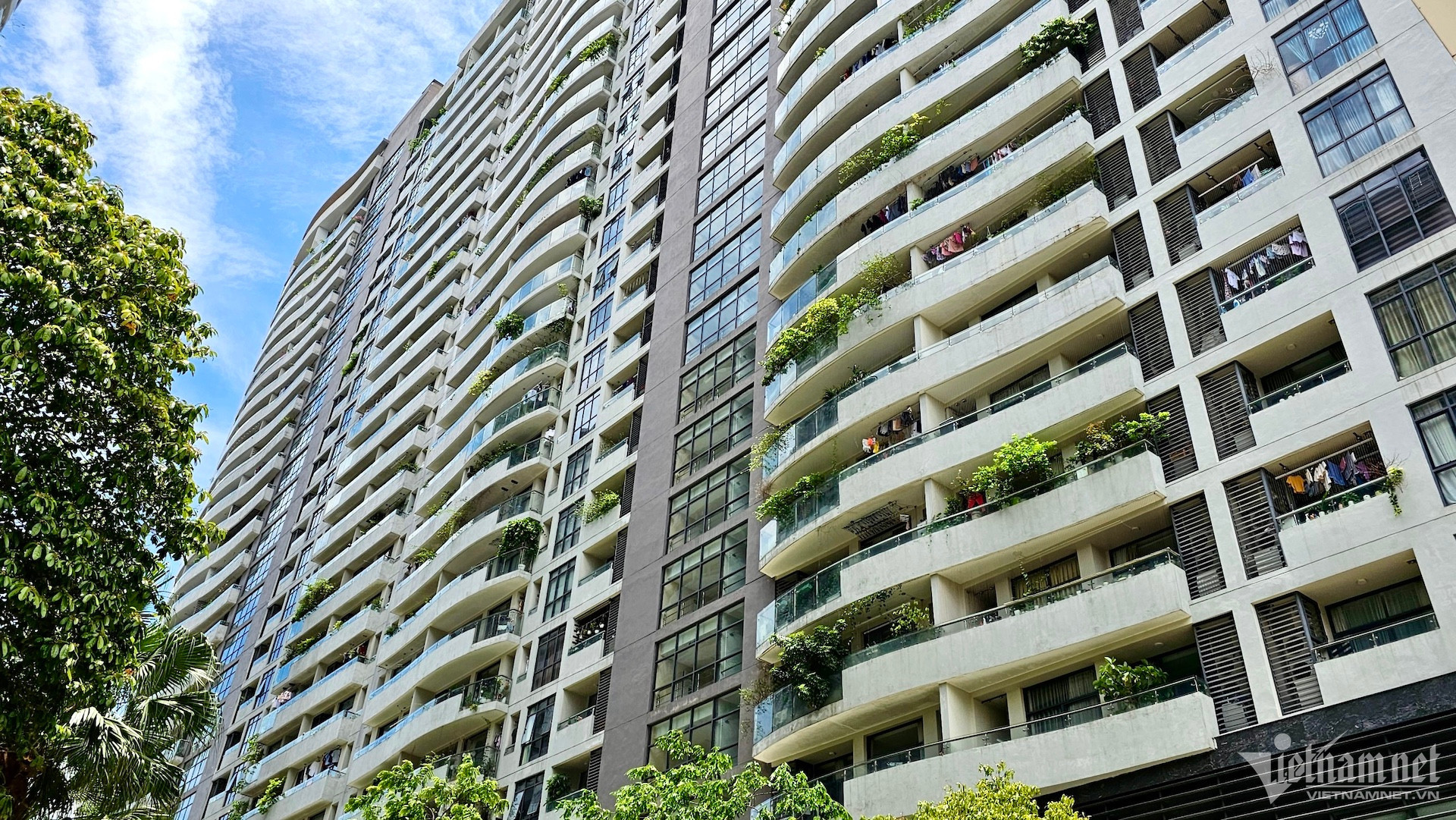
The details of the method are as follows:
Apartment with one room, usable area of 25-45 sq m: for 1 person.
Apartment with two rooms, usable area 45-70 sq m: 2 persons. If the area of the apartment is 70-100 sq m: 3 persons.
Apartment with three or more rooms, usable area 100-125 sq m: 4 persons. If the area is 125 sq m or more: 5 persons.
As for apartments and mixed-used apartments used as social housing:
Apartment with one room, usable area 25-45 sqm: 1 person.
Apartment with 2-3 rooms, usable area 40-55 sq m: 2 persons. If the usable area is 55-70 sq m: 3 persons, and if the area is 70-77 sq m: 4 persons.
Hanoi authorities have also described the methods used for hotels, resorts, officetels, condotels and commercial row houses.
The decision has raised controversy. Some experts point out that two residents for one 45-70 sq m apartment is unreasonable.
However, the Hanoi Authority for Urban Planning and Architecture has reassured the public, saying that the aim is to control the population scale and number of apartments in one project so as to better manage development planning.
It has not set a limit on the number of residents in every apartment.
An official of the agency explained that a regulation on the method of calculating population targets for project development had not existed. Under the national technical regulation on apartments released by the Ministry of Construction (MOC), municipal and provincial people’s committees have had to set the methods themselves.
“The methods were based on MOC’s standards for multi-storey buildings, on the 2019 population census and figures about population in recent years in Hanoi,” he explained. “3.6 residents per apartment was the average level."
From the perspective of state management, the new methods aim to help planning, zoning, and architectural measures for projects, ensuring suitability under real conditions.
The population could increase or be higher than estimated levels. But the criteria, once under control, will be closer to the real population.
“The regulation explains how to calculate the population to harmonize development planning, to avoid population overload, and to help urban areas develop technical infrastructure, roads, traffic, and social infrastructure such as schools and hospitals,” he said.
“This regulation won’t cause difficulties for people, but it creates favorable conditions for realtors when building projects,” he explained.
Pham Duc Toan, CEO of EZ Property, told VietNamNet that the regulation will help real estate firms diversify their products when developing housing projects.
“The regulation is applied when realtors create detailed planning and architectural solutions for apartments, mixed-used apartments, condotels and officetels. Previously, the criterion was 3.6 residents per apartment. Now, the method of defining targeted population in accordance with number of rooms and apartment area will give more options to investors,” Toan said.
However, analysts pointed out that what is seen in reality is quite different from regulations. The population density is very high in many apartment buildings, especially in suburban areas. There are often 3-5 residents in a 50-70 sq m apartment.
According to Toan, the model of two residents for one 45-75 sq m apartment is an ideal figure.
Hong Khanh